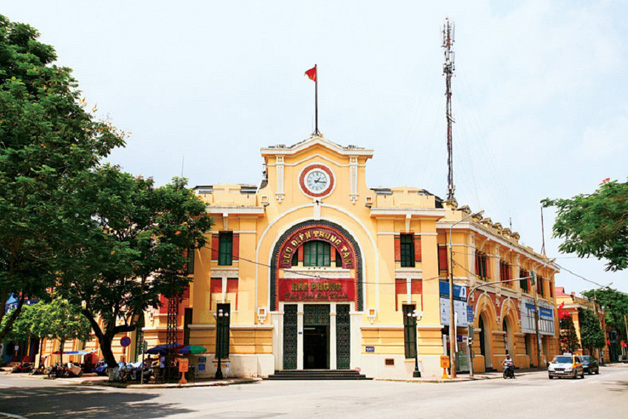Hai Phong

Hai Phong - the old charm within an exciting seaport
Unlike its two neighboring sites of Halong and Cat Ba, Hai Phong attracts less
tourists unless, of course, they arrive in
Northern Vietnam by sea. Nonetheless,
this seaport city has many charming architectural buildings which were evidently
influenced by the early 20th century French colonial style.
The old French regime invested a lot of money to build this seaport attraction. Visiting Hai Phong is an exciting experience. You can go to the city to different ways. You can go there by crossing on the Cam River Ferry, you can reach the city overland from Halong Bay or you can take it will and run along the coast of Vietnam for 12 kilometers either from Halong or Cat Ba Island. Both sea ways offer wonderful views with plenty of islands along the Halong and Cat Ba archipelago. Quite a few tourists choose this way to avoid going over the same routes once more.
There are some remarkable ancient Vietnamese architectural sites in Hai Phong.
Du Hang Pagoda, the centre of Buddhism in
Hai Phong, is a very pure and graceful
temple that was built in 17th century with some renovations being completed
afterward. The pagoda contains a lot of amazing woodworks, bronze statues and a
bonsai collection right on the front grounds.
An array of Buddha and Bodhisattva statues highlight a circular pond of water lilies in a flowery garden and a tranquil towered-grave yard, where the monks who had resided in the pagoda are buried. If you should through luck, arrive on a new moon or a full, you will have a chance to take fascinating pictures of the religious women of Hai Phong with their black velvet scarves and long brown dresses in signs of respect as they sit in and around the main shrine of the pagoda while the monks pray or give lectures on Buddhism.
Not far from the pagoda, at the end of a very narrow market street is Hang Kenh
Pavilion, which is dedicated to the Vietnamese hero Ngo Quyen who lived
in 10th century. Being a Communal House of the Kenh village in the old time,
the Pavillion is famous for its wooden bas-relieves, sculptures and special
boat-shaped interior. If you would prefer to stroll into the city, your
visit should start at the colonial quarter around Dien Bien Phu street and
Tran Hung Dao street.
From there you can go to the old Opera House and then walk around Tam Bac Lake. There are 5 roofed kiosks on the Eastern side of the lake with fresh flowers sold by smiling girls. On the Southern side of the lake is the exciting Hang Kenh Tapestry which produces woolen carpets for export.





